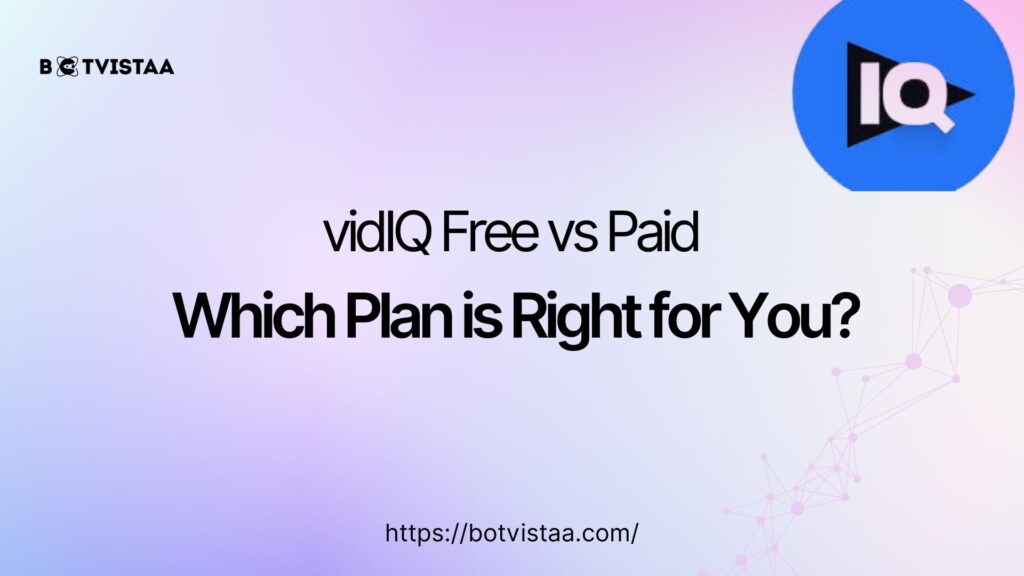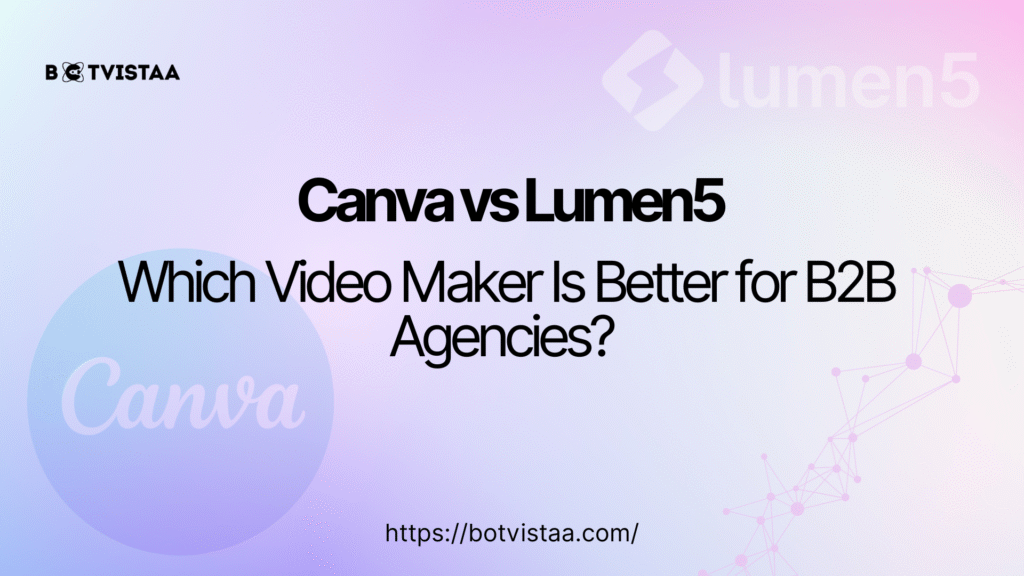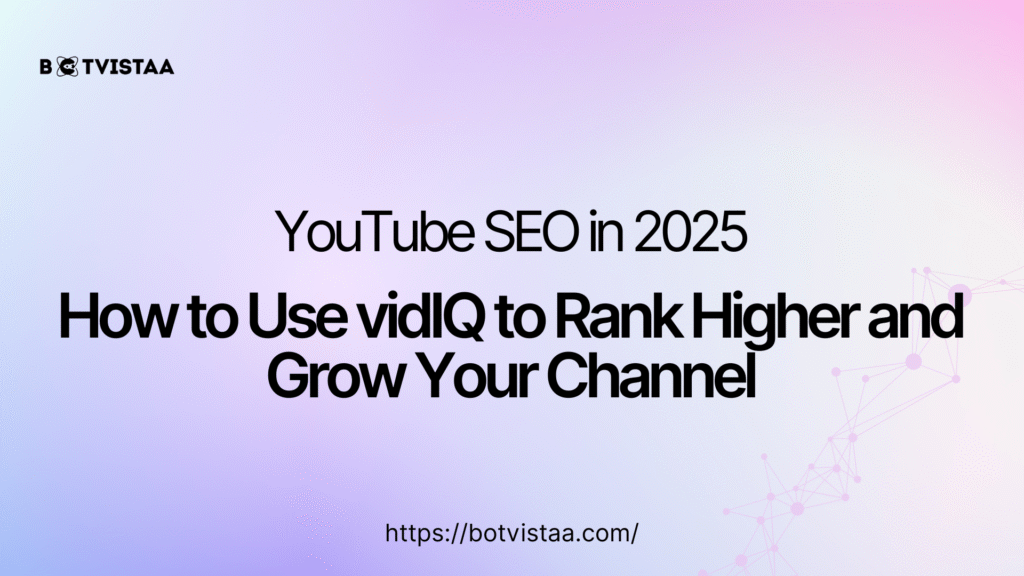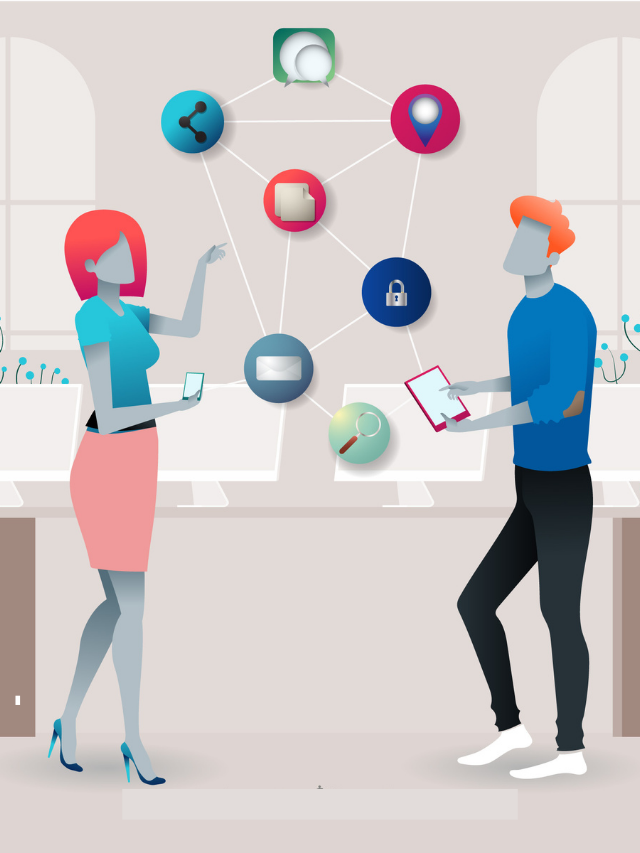Lorem ipsum dolor sit amet, consectetur adipiscing elit. Ut elit tellus, luctus nec ullamcorper mattis, pulvinar dapibus leo.
- Best AI Tools For Automation
AI Workflow for Agencies | How to Get Started Without the Tech Jargon
Jump To
When you purchase through links on our site, we may earn an affiliate commission. Here’s how it works.
AI is changing how agencies work fast. But here’s the truth: you don’t need to be a tech genius to use it. Whether you run a content, design, or marketing agency, AI can help you save time, impress clients, and grow faster.
Imagine having more time to focus on high-value tasks because AI handles data analysis, content optimization, and other repetitive jobs.
This isn’t just a futuristic vision; it’s a reality many forward-thinking agencies are already embracing. Our guide will walk you through the practical steps of implementing AI workflow solutions tailored to your agency’s needs.
No big changes. No drama. Just smart steps and free tools to try today.
Why AI? Why Now?
Agencies are under pressure. Tight deadlines. Too many tools. And clients who want more for less.
That’s where AI steps in — like an extra teammate who doesn’t sleep.
Stat you should know:
“Agencies using AI save up to 30% of their production time.”
What Does "AI Workflow for Agencies" Really Mean?
Let’s keep it simple. An AI workflow is when you use AI tools to help you with day-to-day tasks like writing content, creating graphics, managing projects, and even talking to clients.
These tools don’t replace your team — they support them, helping them move faster and work smarter.
Instead of starting everything from scratch, your team can use AI to get drafts, suggestions, and even complete assets. This way, they can focus on strategy, creativity, and delivering value.
Implementing AI Workflow for Agencies: Step-by-Step Guide
Step 1: Understand Your Current Workflow
Before bringing in new tools, take a step back and look at how your agency works today.
Ask your team:
- What are the daily tasks that take the most time?
- Which processes feel repetitive?
- Where do we usually hit bottlenecks?
You can sketch this out on a whiteboard or use free tools like Miro or Lucidchart to map out a basic workflow.
Example:
Here’s what a typical blog creation process might look like for a content marketing agency:
- Research
- Outline
- Draft
- Edit
- Design banner
- Upload to CMS
- Share on social
This is where you’ll spot opportunities to use AI for writing, editing, or even creating the featured image.
Step 2: Identify What Tasks AI Can Help With
Not every task needs AI. Look for areas where automation or machine help can reduce effort without hurting quality.
Here are some great starting points:
These tools don’t remove your human touch — they just give you a head start.
Step 3: Start with One Workflow and Pilot It
Here’s where most agencies go wrong: trying to implement 10 tools at once.
Instead, pick one simple but time-consuming process. Then, use AI to improve it.
Let’s say it’s content creation:
- Use ChatGPT to generate an outline.
- Draft the article with help from Jasper.
- Polish with Grammarly.
- Use Canva AI to make a blog image.
- Schedule content via Buffer with AI-generated captions.
Measure how much time you saved and whether quality improved. This is your pilot.
PRO TIP
Create a simple dashboard (Google Sheet or Notion) to track time saved, quality scores, and team feedback.
Step 4: Choose the Right AI Tools (Without Overwhelming Your Team)
You don’t need a toolbox full of software. Pick tools that match your agency’s needs and are easy to use.
Here’s a starter toolkit for most agencies:
For Content:
- ChatGPT (writing assistant)
- Jasper (marketing content)
- Grammarly (editing)
For Design:
- Canva AI (graphic design)
- Midjourney (creative imagery)
- Adobe Firefly (AI art + brand styling)
For Meetings & Notes:
- Fireflies.ai
- Otter.ai
- TL;DV
For Project Management:
- Notion AI
- Trello with automation
- Zapier + OpenAI for custom workflows
Start with the free versions and test. Let your team vote on their favorites.
Step 5: Train Your Team (and Keep It Simple)
AI can feel overwhelming — especially for non-tech folks. Don’t just hand your team a tool and walk away.
Instead:
- Run a 30-minute training session per tool.
- Give them real prompts to test.
- Let them experiment without pressure.
Encourage a culture of “learn and share.” Create a Slack channel or Notion space where team members post discoveries or fun use cases.
“ChatGPT helped me cut my research time in half!”
“Fireflies wrote the meeting summary perfectly — I didn’t have to write a thing.”
Step 6: Scale What Works
Once your pilot proves successful, expand to more workflows. For example:
- Use AI to automate onboarding emails.
- Create AI-generated proposals for leads.
- Let chatbots handle basic client questions.
But always have a human review the output. AI makes mistakes too.
Continue to improve your system. Ask:
“What’s one more part of our workflow we can make smarter?”
Common Challenges (And How to Solve Them)
Popular AI Tools for Agencies (By Team Role)
Conclusion: The Smartest Agencies Are Already Using AI — You Can Too
AI doesn’t mean robots are taking over. It means working faster, smarter, and more creatively. You don’t need to replace your team — just give them superpowers.
Start with one tool. Test one process. And build from there.
The future of agency work isn’t all-AI. It’s AI + human brilliance — and that starts with you.
FAQ's
What are the benefits of integrating AI into my agency's workflow?
Integrating AI into your agency’s workflow can bring numerous benefits, including enhanced productivity, improved accuracy, and data-driven decision-making.
AI streamlines repetitive tasks, allowing you to focus on strategic and creative work, while also delivering valuable insights to guide smarter business decisions.
How do I assess my agency's readiness for AI integration?
To assess your agency’s readiness for AI integration, start by identifying pain points in your current workflow, evaluating your data quality, and determining your implementation goals.
This will help you understand where AI can have the most impact and ensure a successful integration.
What kind of data do I need to implement AI in my agency?
To implement AI in your agency, you’ll need high-quality, relevant data that is properly labeled and formatted.
The type and amount of data required will vary depending on the specific AI application, but it’s essential to have a robust data foundation to support AI-driven workflows and decision-making.
Can AI be used for creative tasks, such as content development?
Yes, AI can be used for creative tasks like content development.
AI-powered tools can help with tasks such as content generation, image editing, and video production, freeing up time for more strategic and creative work.
For example, AI can assist with generating ideas, researching topics, and even creating initial drafts.
How do I measure the success of AI integration in my agency?
To measure the success of AI integration, track key performance indicators (KPIs) such as productivity gains, accuracy improvements, and return on investment (ROI). Regularly evaluating and refining your AI strategy will help ensure it continues to drive value for your agency.
Subscribe To Our Newsletter
Aqsa Tehreem
Web Story
- Best AI Tools For Automation
Our Recent
Blogs


Canva vs Lumen5: Which Video Maker Is Better for B2B Agencies?

YouTube SEO in 2025: How to Use vidIQ to Rank Higher and Grow Your Channel

GoHighLevel Funnel Automation for Client Retention: Post-Onboarding Guide



